Facts about Tanzania
29/08/2018 | updated: 23/04/2024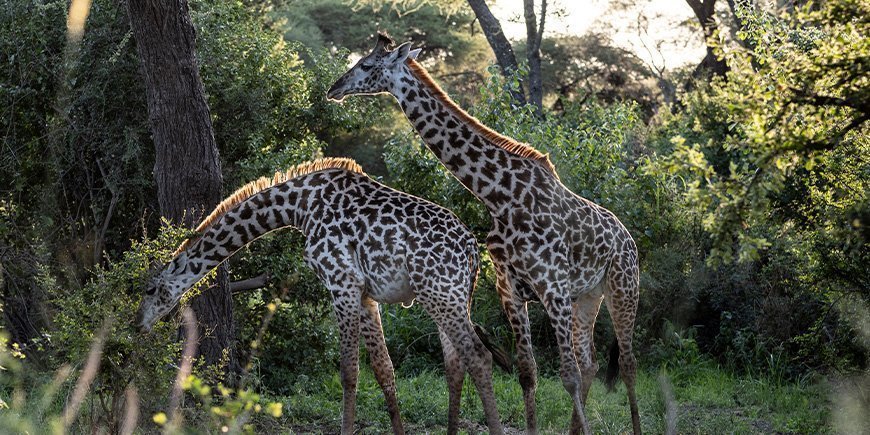
Tanzania is a fascinating travel destination,
where attractions in a class of their own await you, including ancient cultural history, challenging mountain climbing and wild animals on the savannah.
But what else do you know about the country?
Read 7 fascinating facts about Tanzania you might not know about the East African country below.
1. Most animals per km2
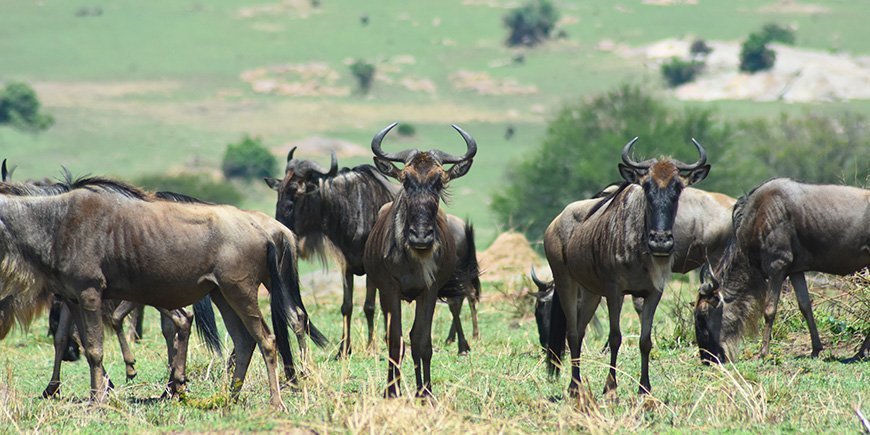
More than 4 million wild animals call Tanzania their home. The country has the world’s highest concentration of animals measured per square kilometre, made up of several thousand animal species. There are some 400 different species of mammals and more than 1,000 different species of birds, with new species regularly being discovered in Tanzania.
There are, in addition, several hundred endemic species in the country, i.e. species that only live in Tanzania, such as the rare red colobus monkey, which is only found in Zanzibar.
2. Large areas of the country are national park
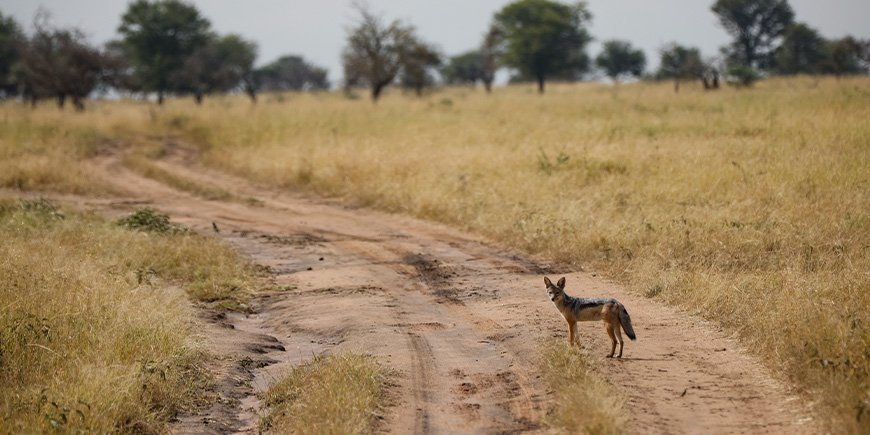
Tanzania has no fewer than 22 national parks (as of 2024).
The national parks cover a total area of around 100,000 km2, corresponding to just over 10% of the country’s total area (of just under 950,000 km2). But in fact more than 30% of the country is protected natural areas, which in addition to national parks also includes game reserves and other conservation areas.
The country’s oldest national park is Serengeti National Park, which is more than 14,500 km² in size. Tanzania’s largest national park is, however, Nyerere National Park, which covers an area of more than 30,000 km2. Nyerere was created in 2019, when the Selous Game Reserve was split in two, with one section becoming what we know today as Nyerere.
3. Highest and biggest nature experiences
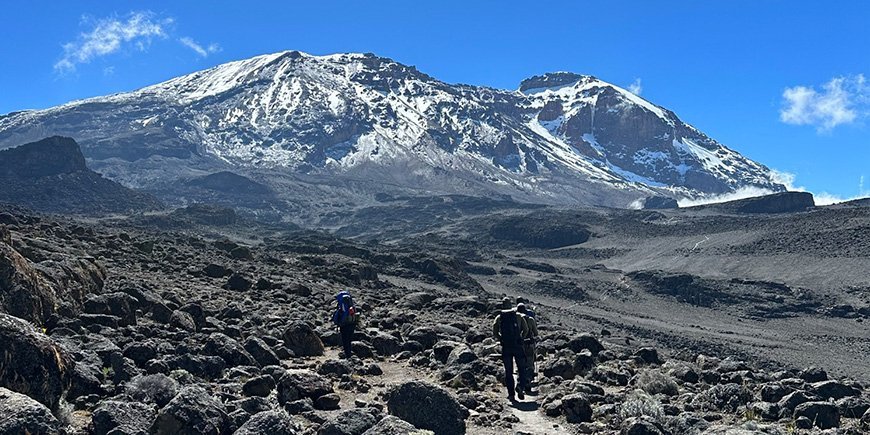
Tanzania offers some of the world’s “biggest” experiences.
This is the country where you can climb Kilimanjaro, the world’s highest free-standing mountain, and experience the world’s biggest intact caldera, a crater hollow – the Ngorongoro Crater. The crater is a unique place to experience the Tanzanian wildlife and is of great importance to the conservation of biodiversity, both locally in Tanzania and globally. Here, for example, you might be lucky enough to see the endangered black rhinoceros.
In Tanzania, you can also experience the world’s biggest migration of animals on land: The Great Migration. It’s a spectacular sight when millions of wildebeest migrate between the Masai Mara in Kenya and the Serengeti in Tanzania.
4. Many colourful tribes

In addition to all the fascinating nature experiences Tanzania has to offer, you can also make a more cultural acquaintance in the country.
Tanzania has more than 120 different tribes and ethnic groups, each living according to different traditions and customs. You can, for example, meet the Hadzabe tribe, who do not grow crops themselves, but live by foraging, and the Masai, whose tradition of spitting is a form of blessing.
You can experience the local tribes right up close by staying overnight at Osiligilai Maasai Lodge, where you’ll stay in a traditional Masai hut and gain an insight into traditional Masai activities, such as javelin throwing, dancing or singing – all while still having access to a hot shower, regular toilets and even a swimming pool!
5. Home to the world’s shortest war
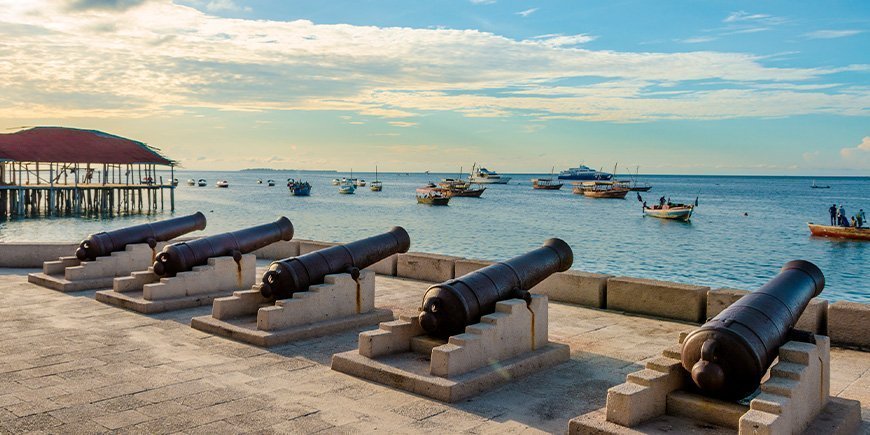
Many of the wars we know of in world history have been gruelling and prolonged. But Tanzania holds a completely different world record
as the country where the world’s shortest war took place. The war between Great Britain and Zanzibar, which took place in 1896, lasted between 40 and 45 minutes. Britain came out the victor with just one person wounded while the losing side suffered a somewhat greater loss with more than 500 dead or injured.
6. Unique ecosystem
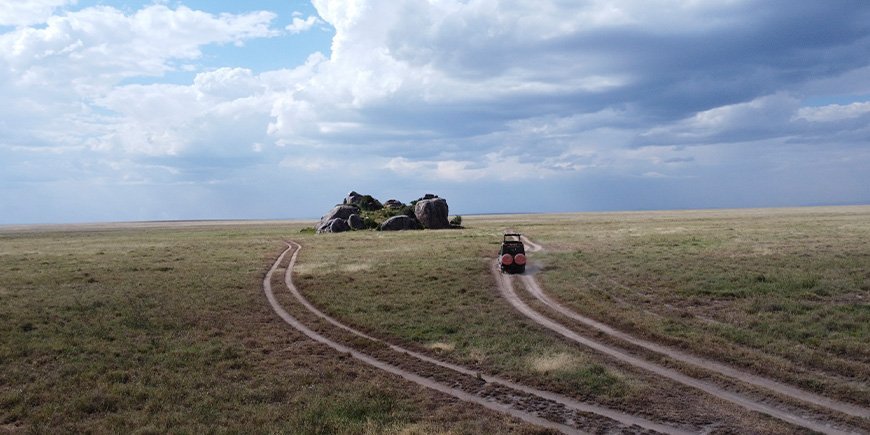
Serengeti is a national park in a class of its own. The park has one of the oldest ecosystems in the world.
What makes the park so special in addition to its unique ecosystem is the fact that it has hardly changed in a million years. The park’s flora and fauna are breathtaking and not found in many other parts of the world.
H2: 7. Zanzibar is not an island…
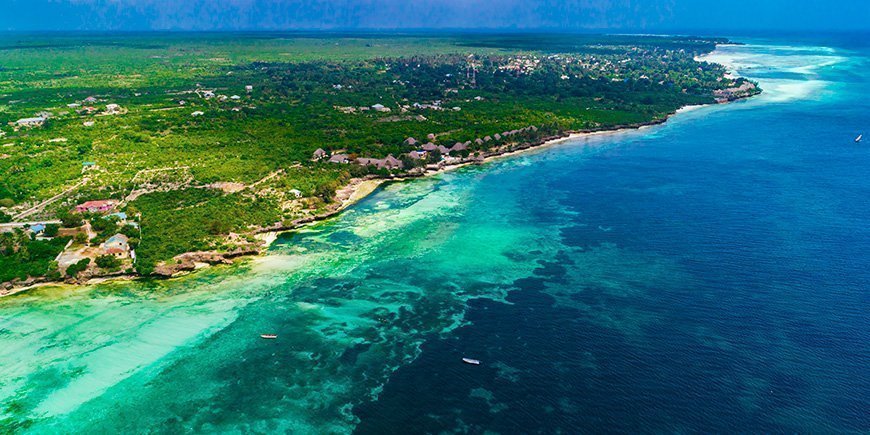
… it’s an archipelago.
When we say Zanzibar, it’s usually the main island of Unguja we’re referring to.
Unguja is the largest island in the archipelago, which actually consists of some 50 islands – the two main islands Unguja and Pempa, as well as a lot of smaller islands.
Would you like to visit Tanzania?
How many of the seven facts about Tanzania did you know?
If you’re looking for a country full of surprises, Tanzania’s the destination for you!
On our tours to Tanzania, you make memories of fascinating animal species, scenic nature experiences, unique history and culture in a class of its own.
Need help choosing a tour? Please do not hesitate to contact our travel specialists. They’re on hand to hear what you wish to experience and can guide you towards the right choice.
TourCompass – From tourist to traveller
